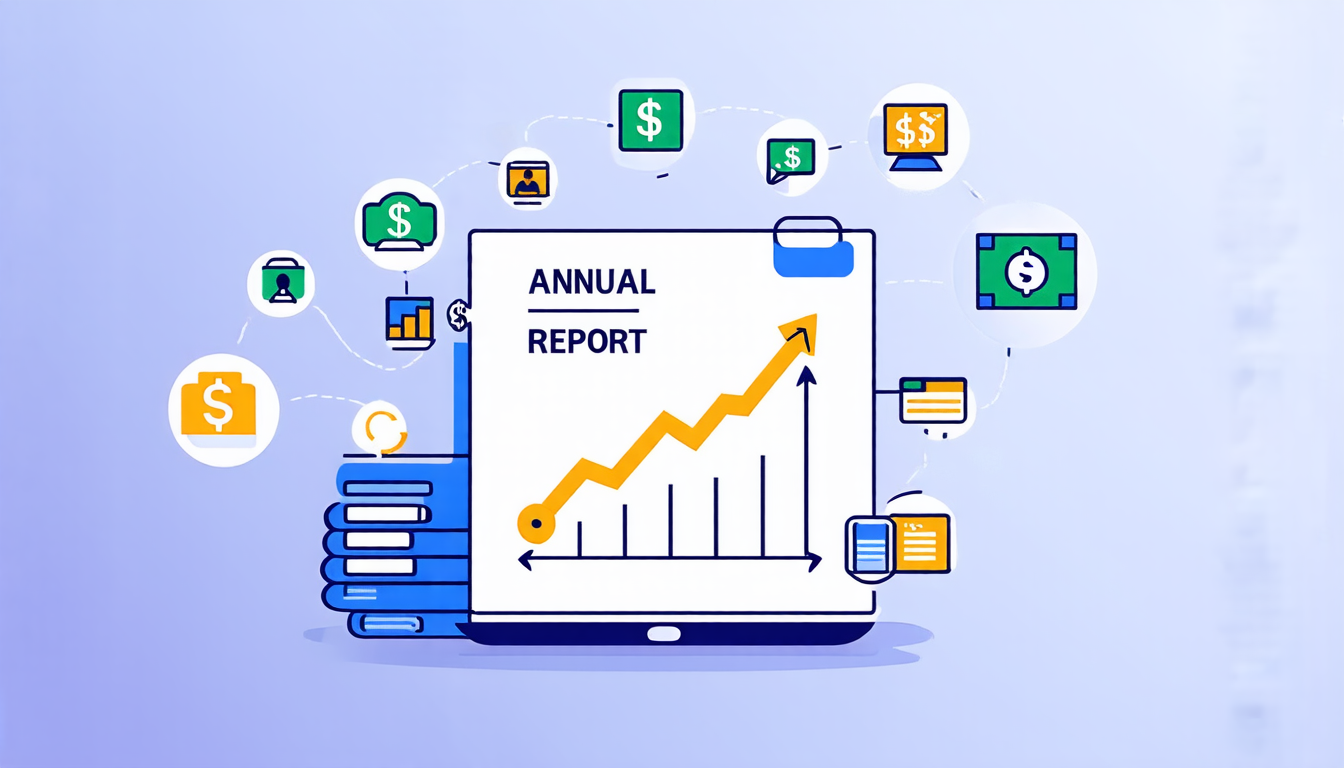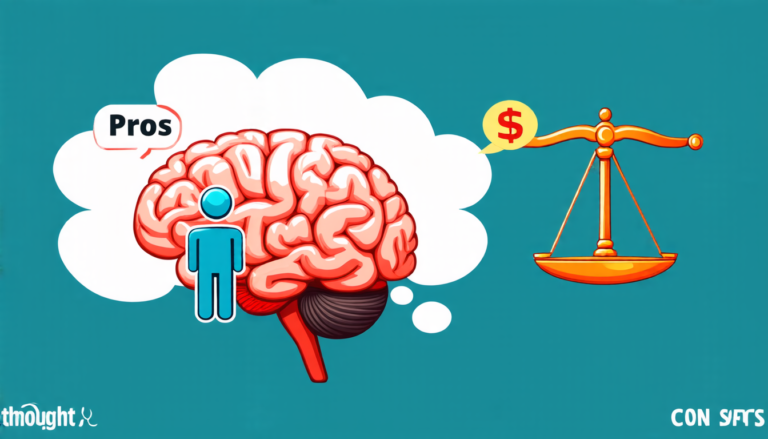Friday 05 September 2025
A team of researchers has made a significant breakthrough in the field of corporate credit rating, which is crucial for maintaining economic stability. They’ve developed a framework that integrates financial data with features extracted from annual reports using large language models.
Corporate credit ratings are used to assess a company’s ability to meet its financial obligations, and this information is vital for investors, banks, and other stakeholders. Traditionally, credit ratings were based on financial metrics such as liquidity ratios and debt-to-equity ratios. However, recent studies have shown that incorporating non-financial data, like annual reports, can improve the accuracy of credit ratings.
The researchers used a large dataset called the Comprehensive Corporate Rating Dataset (CCRD), which combines traditional financial data with textual data from annual reports. They then applied various neural network models to this dataset, including convolutional neural networks and graph neural networks.
The results were impressive: the incorporation of annual report features improved the accuracy of credit ratings by 8-12%. This is a significant increase, considering that even small changes in credit ratings can have major consequences for investors and financial institutions.
One of the key findings was that the annual report features generated by large language models substantially enhanced classification performance. The researchers also found that the incorporation of these features led to significant improvements in model performance across various rating categories.
The implications of this research are far-reaching. For one, it suggests that incorporating non-financial data into credit ratings can lead to more accurate and reliable assessments of a company’s financial health. This could help investors make better informed decisions and reduce the risk of financial losses.
Furthermore, this research has the potential to revolutionize the way we approach corporate credit rating. By leveraging large language models to extract insights from annual reports, researchers can gain a deeper understanding of a company’s financial performance and identify potential risks earlier on.
The future of corporate credit rating is likely to be shaped by advances in artificial intelligence and natural language processing. As these technologies continue to evolve, we can expect to see even more sophisticated approaches to credit rating that incorporate a wide range of data sources and analytics techniques.
In the meantime, this research provides a significant step forward in our understanding of how to improve corporate credit ratings using non-financial data. Its findings have important implications for investors, financial institutions, and anyone who relies on accurate credit information to make informed decisions.
Cite this article: “Revolutionizing Corporate Credit Rating with Artificial Intelligence”, The Science Archive, 2025.
Corporate Credit Rating, Artificial Intelligence, Natural Language Processing, Financial Data, Annual Reports, Large Language Models, Neural Networks, Credit Ratings, Financial Stability, Investment Decisions







